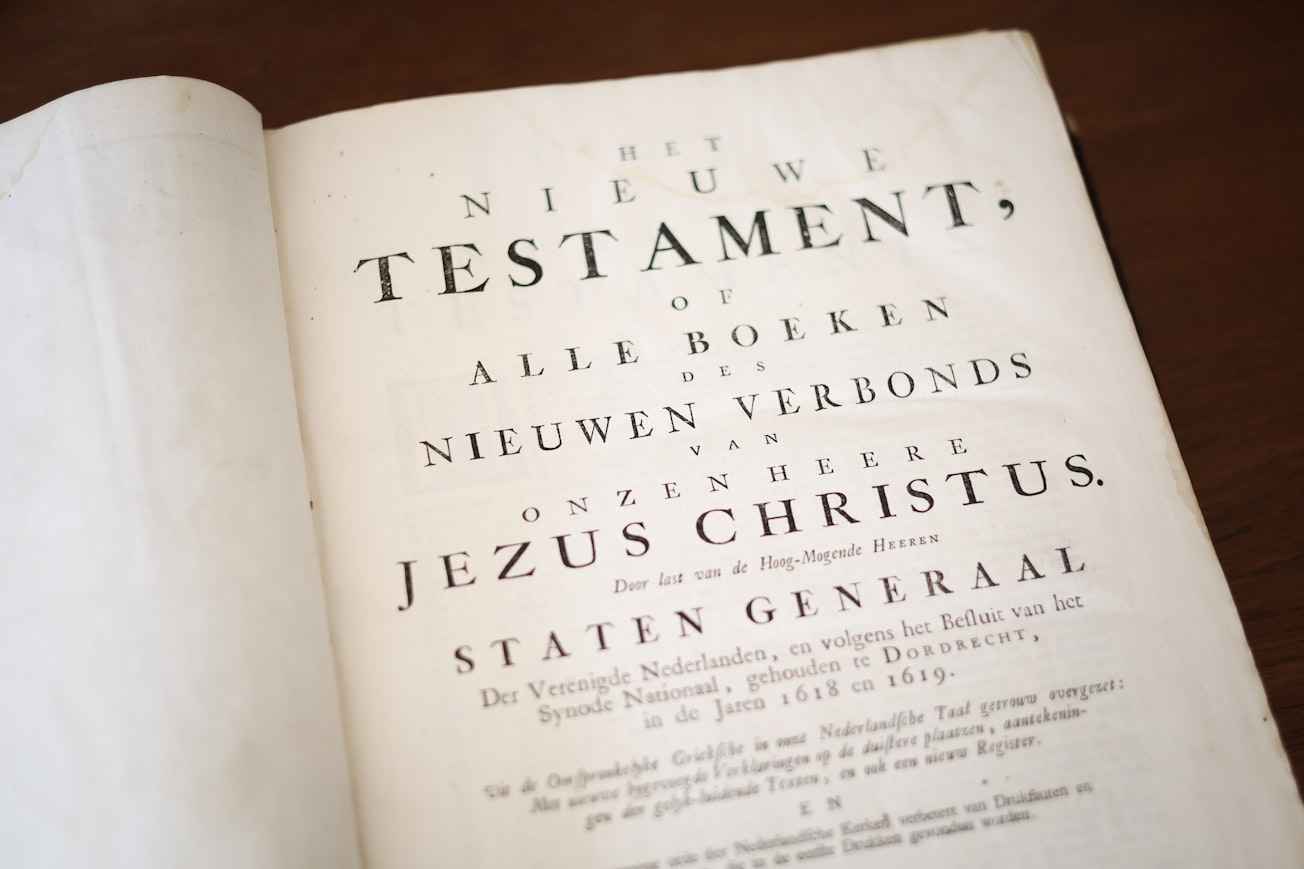What is it about?
The Apostle Paul, when founding the church at Thessalonica, taught the new believers a distinctive tradition about the events of the End. A scheme that matches that tradition in remarkable detail occurs at the end of the Didache - a first century Christian document discovered in Constantinople in 1873.
Featured Image

Photo by Worshae on Unsplash
Why is it important?
Paul's first letter to the Thessalonians is often regarded as the earliest extant Christian document. If part of the Didache predates this letter, then it promises to provide an insight into the beliefs and practices of the pre-New Testament followers of Jesus.
Perspectives
This article is part of a wider project arguing that the Didache, in its original form, was composed by Jesus' Apostles in Jerusalem in the year 48 CE.
Dr Alan Garrow
University of Sheffield
Read the Original
This page is a summary of: The Eschatological Tradition behind 1 Thessalonians: Didache 16, Journal for the Study of the New Testament, December 2009, SAGE Publications,
DOI: 10.1177/0142064x09351055.
You can read the full text:
Resources
Contributors
The following have contributed to this page










